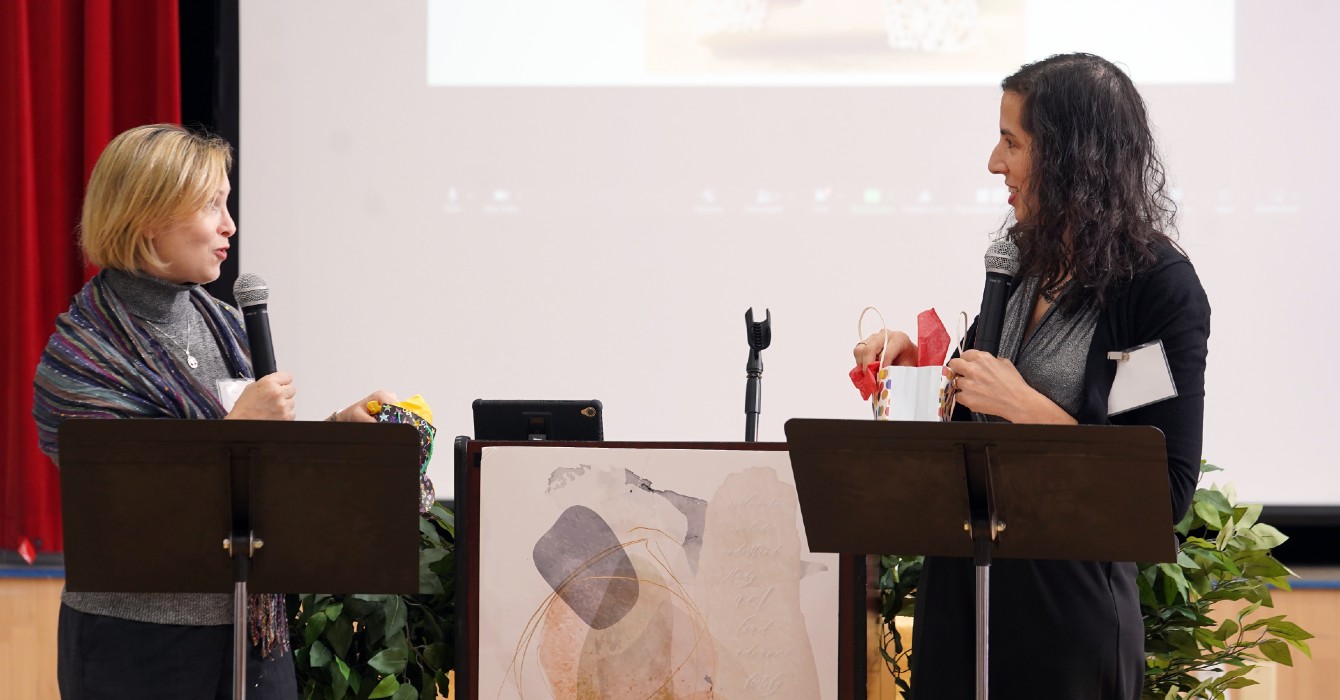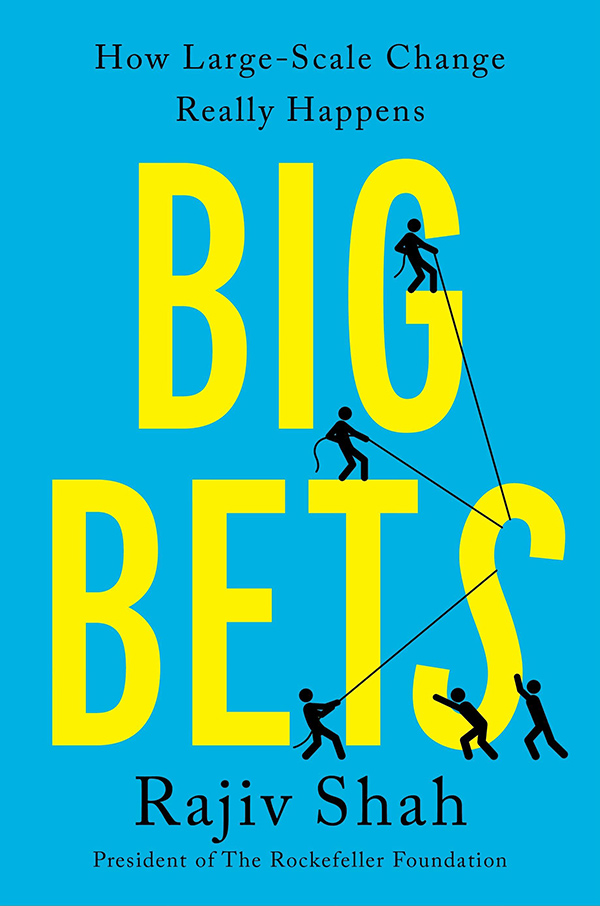In the living room of my childhood home in Oak Park, Illinois, stood a large spinning wheel. I was the one in charge of dusting the wheel when we cleaned house, and at Christmastime, my mother hung a small elf off the distaff. When my brother and I, my cousins, and later the grandchildren horsed around, we were always warned not to knock it over. Sometimes we did.
My mother liked Early American antiques, and she had spotted this one in a small antique shop in Plymouth, New Hampshire, during one summer vacation. My father protested in vain, and ended up tying it to the roof of our car for the long drive home. I’m sure we made quite a spectacle entering Chicago on the Dan Ryan Expressway.
After more than 30 years in one home, my parents downsized to smaller dwellings several times. My mom convinced my dad to drag the spinning wheel along with each move. It perched jauntily on top of an enormous bookcase in their Kentucky condo. In the retirement community in North Carolina, there was no room for it in their small, tidy layout, so it rested quietly in the attic, the wheel detached and leaning against the frame.
In my ongoing attempt to sort, keep or give away a lifetime of accumulated treasures, I recently listed the wheel for sale. An elderly man with a long gray beard and gnarled hands answered the ad. He and his adult daughter brought their truck to my house, where I had set the spinning wheel in the front hall -- the only place I had room for the large frame.
The man immediately went over to the wheel and began touching it, as would a man used to horses or machinery, someone who knew the worth of things by feel. “Well,” he pronounced almost at once, “it’s missing a small metal piece here, but I can make that. We’ll take it.” Astounded, I asked, “Are you an antiques dealer?” I had tried with no success to sell it at several antique shops.
“Nope,” he replied. “I’m a spinner. I have sheep, and I spin the wool to make yarn.”
It had never occurred to me that the wheel could be returned to its everyday use. As an object sitting in my childhood suburban home, it was a piece of history that we sometimes contemplated, but we always assumed it was missing too many crucial parts to be of use anymore.
The man went on to tell me that he would also be taking the wheel to Civil War re-enactments and other historic sites where he is a volunteer spinner. “This wheel is gonna get a lot of work,” he said fondly, one hand resting on the structure.
Instead of feeling like a bad daughter for selling off my mother’s favorite treasures, I can now feel grateful. I’ve been amazed at the resurrection in this story, the beautiful redemptive elements.
When we talk about traditioned innovation in the world of Christian leadership, we refer to the ways in which what is new and good is rooted in deep, long-standing tradition. We call traditioned innovation “a way of thinking and being that holds the past and future in tension, not in opposition,” and we have seen the ways in which it is crucial to the growth and vitality of Christian institutions.
The spinning wheel also reminds me of the “wheel of time,” the concept that everything old is new again and comes around in its time. As leaders in congregations and other Christian institutions, how can we recognize and honor both the new and innovative and the old that grounds and roots the new? And at the same time, how can we faithfully affirm that the end of all of our efforts as Christian leaders, the telos, is the coming reign of God?
For even the end is a part of the cycle, Duke theologian Greg Jones tells us: “In our thinking as well as our living, we are oriented toward our end, our telos: bearing witness to the reign of God. That is what compels innovation. But our end is also our beginning, because we are called to bear witness to the redemptive work of Christ who is the Word that created the world. We are the carriers of that which has gone before us so we can bear witness faithfully to the future.”








